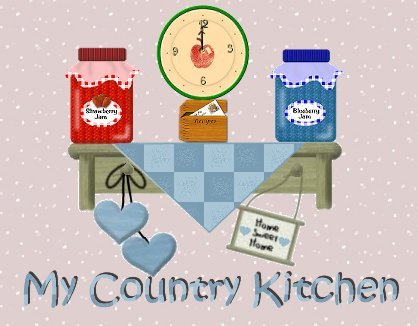
Tips on picking the best seafood
from an "old salt".
* I'd ask around for a reputable seafood store. Once inside, check
out the menu and ask for whatever is the freshest:-)
* In general, keep away from great, but still may contain bones,
so beware.
* The fish should have a clean look and smell to it, so ask to smell it
before you buy it. If the fish has an ammonia smell, refuse it. The
filet should also be smooth, not slimy. With crabmeat, the same pro-
cedure applies. If it has an ammonia smell, pass it by.
* Scallops are interesting because they smell odd most of the time.
They should smell like a clean ocean, salty but fresh. The scallop
should be opaque or occasionally golden. Graying is not acceptable.
Scallops that are bad will really stink!! If you're not sure, they're
probably fine.
* Shrimp are the easiest to spot when they are bad... they look it.
They are slimy and they smell. Otherwise, they have little odor and
tend to take on the ammonia smell the longer they sit.
* Crabs, and lobster should only be eaten when you buy them alive
and steam them live. Otherwise, you must rely on your seafood
place to steam only live crabs, and lobster. Again, ask around. The
dead ones deteriorate quickly and smell. Refrigerated crabs can be
kept 2-3 days.
* Soft shell crabs should be alive or frozen when bought.
* Thawed crabs lose their taste quickly and fresh cleaned crabs are
okay, but lose their taste after a few days. Live crabs should be
soft to the touch. The softer the better. Either one will be tough
when sauteed.
* For fried softshells, it doesn't matter. Cut out the eyes, lift up
the sides and remove the lungs (the ivory feathery looking things on
both sides of the crab). Behind the eyes is a sand bag (a round pouch
behind the eyes) remove it. Remove the apron on the belly side. The
male's is like a coat hanger shape; the female's is an apron shape.
The feelers also need to be removed. The crab is now ready. |


Lovely graphics by:

|
|
|